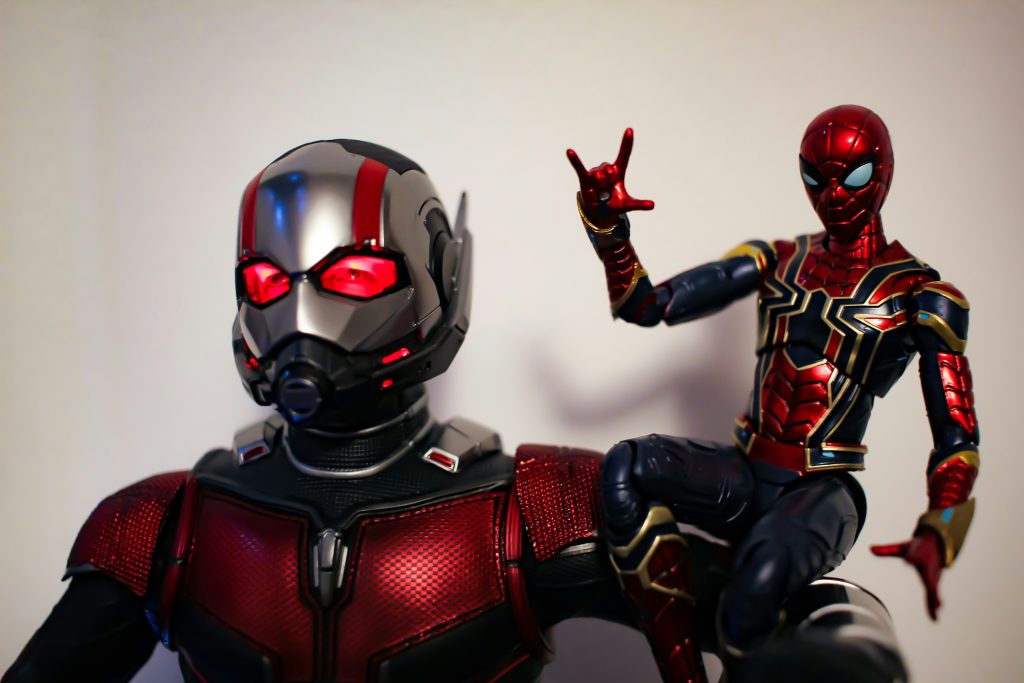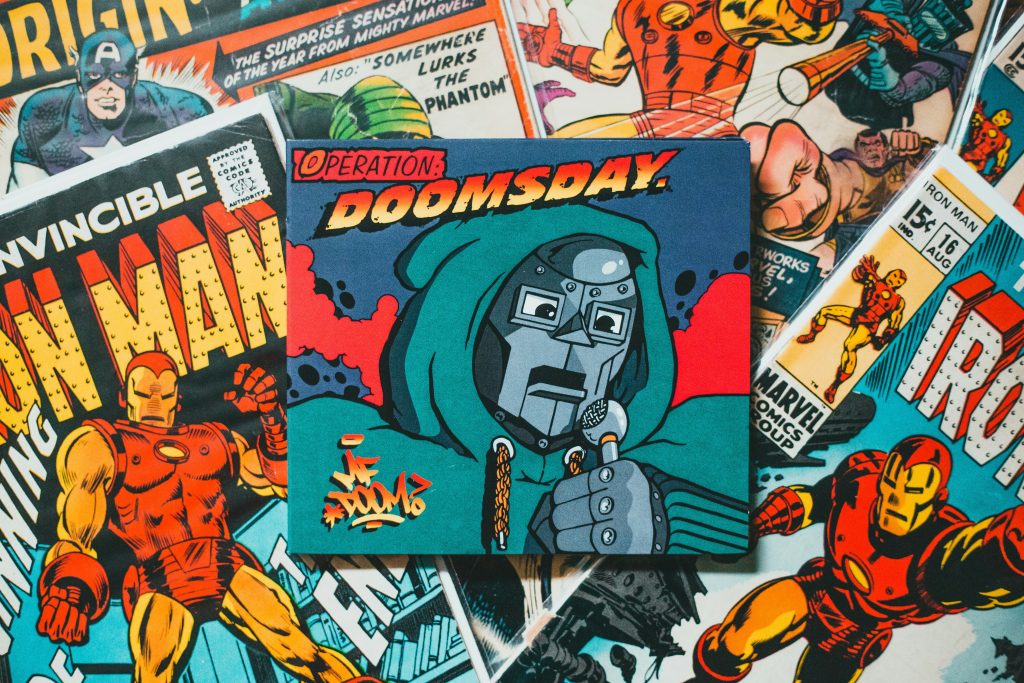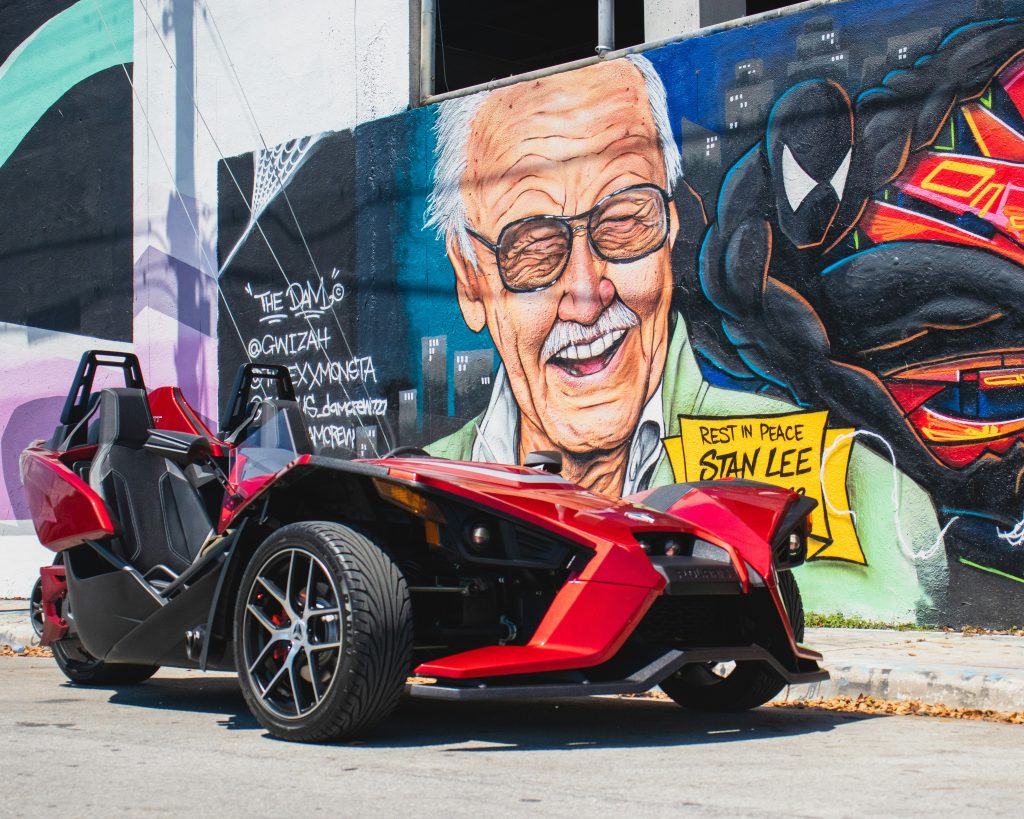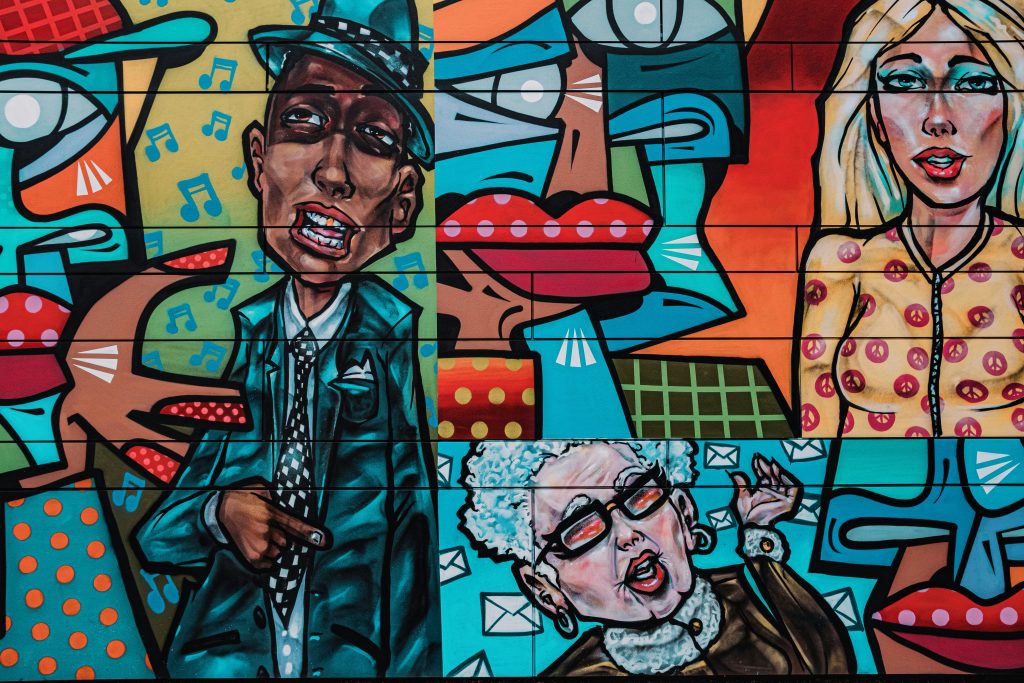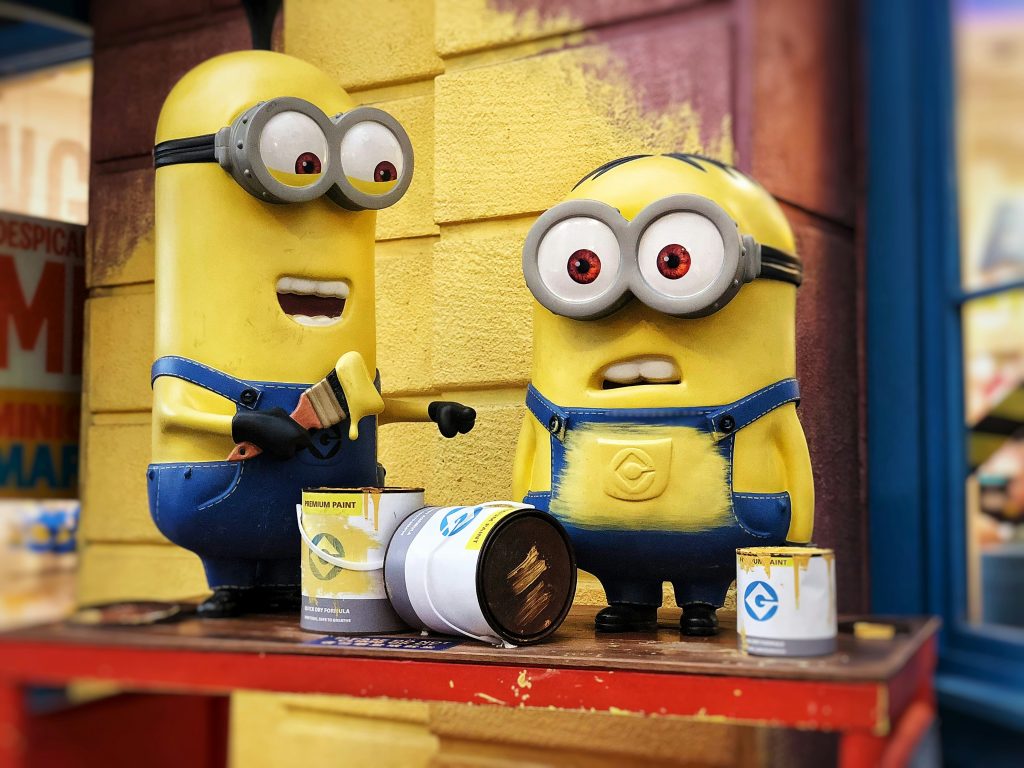Introduction The world of superhero cinema has been dominated by two major players: Marvel and DC. These comic book giants have translated their rich histories and complex characters from the pages of graphic novels to the silver screen, creating expansive cinematic universes that have captivated audiences worldwide. This article aims to delve into the evolution, impact, and future prospects of both the Marvel Cinematic Universe (MCU) and the DC Extended Universe (DCEU), while also exploring fan perspectives and critiques. The Rise of the Marvel Cinematic Universe Foundations and Phases The MCU, a brainchild of Marvel Studios and its visionary producer Kevin Feige, began its journey with “Iron Man” in 2008. This film not only introduced audiences to Tony Stark, played by Robert Downey Jr., but also set the tone for a meticulously interconnected universe. Marvel’s strategy of releasing films in phases, each culminating in an ensemble movie, has been a key to its success. Impact and Innovations Marvel’s approach revolutionized the industry with its emphasis on interconnected storytelling, post-credit scenes teasing future projects, and a consistent tone that balanced humor with epic stakes. The MCU has also been lauded for its diversity and representation, especially in recent entries like “Black Panther” (2018) and “Captain Marvel” (2019). Criticisms and Challenges Despite its success, the MCU faces criticisms regarding its formulaic approach, reliance on CGI, and sometimes underdeveloped villains. The pressure to maintain continuity across a sprawling narrative can also lead to creative constraints. The Journey of the DC Extended Universe Initial Struggles and Course Corrections The DCEU began with “Man of Steel” (2013), directed by Zack Snyder, which aimed to present a darker, more grounded take on Superman. However, it wasn’t until “Batman v Superman: Dawn of Justice” (2016) and “Suicide Squad” (2016) that DC’s intention to build a shared universe became clear. These early films received mixed reviews, often criticized for their tonal inconsistency and narrative issues. Turning Points A significant turning point for the DCEU was “Wonder Woman” (2017), directed by Patty Jenkins. The film’s success, both critically and commercially, demonstrated that DC could compete with Marvel when the right creative choices were made. This was followed by “Aquaman” (2018), which further solidified DC’s footing with its visually stunning underwater world and charismatic lead, Jason Momoa. New Directions and Diversity In recent years, DC has embraced a more flexible approach, allowing for standalone films like “Joker” (2019), which received critical acclaim and multiple Academy Awards nominations. Additionally, projects like “Shazam!” (2019) and “Birds of Prey” (2020) have showcased a willingness to explore different tones and styles. Comparative Analysis Narrative Structure and Tone The MCU’s narrative structure is characterized by its interconnectivity and phased storytelling, creating a coherent and expansive universe. Its tone often balances humor, action, and drama, appealing to a broad audience. In contrast, the DCEU has struggled with consistency, initially opting for a darker, more serious tone that didn’t resonate as broadly. However, recent films have shown a shift towards a more diverse range of tones, from the comedic “Shazam!” to the gritty “Joker.” Character Development and Ensemble Casts Marvel’s strength lies in its character development, with each hero given ample screen time to grow across multiple films. This has created deep emotional connections with the audience, exemplified by the reactions to events in “Infinity War” and “Endgame.” DC, on the other hand, has sometimes rushed its character introductions, leading to less investment from the audience. However, standalone films like “Wonder Woman” and “Aquaman” have allowed for more focused character development. Visual Style and Directorial Influence The visual styles of Marvel and DC films also differ significantly. Marvel films generally have a bright, polished look, with a consistent visual language across the universe. Directors have creative input, but within the bounds of a unified aesthetic. DC has been more varied, with distinct visual styles reflecting the vision of individual directors. Zack Snyder’s dark, stylized cinematography contrasts sharply with the vibrant, fantastical worlds of “Aquaman” or the retro aesthetic of “Wonder Woman 1984.” Fan Thesis: The Role of Fandom in Shaping the Universes Fandom Influence Fandom plays a crucial role in the development and reception of superhero films. Fan reactions can significantly influence studio decisions, as seen with the release of Zack Snyder’s cut of “Justice League” (2021). This was a direct response to a prolonged fan campaign advocating for Snyder’s original vision after the theatrical release, which had been extensively re-edited. Representation and Diversity Fans have also been vocal about the need for better representation and diversity in superhero films. Marvel has made strides in this area with films like “Black Panther” and “Shang-Chi and the Legend of the Ten Rings” (2021), featuring predominantly non-white casts and exploring different cultural backgrounds. DC’s recent focus on characters like Harley Quinn in “Birds of Prey” and the upcoming “Blue Beetle” film, centered around a Latino superhero, indicates a similar commitment. Speculations and Future Directions The future of the MCU and DCEU is a hot topic among fans, with speculations about upcoming storylines, character arcs, and potential crossovers. The introduction of the multiverse concept in both franchises opens up endless possibilities for storytelling and character interactions. Marvel’s Phase Four and beyond promise a mix of returning favorites and new faces, including the highly anticipated “Fantastic Four” reboot and the continuation of the “Spider-Man” saga. Meanwhile, DC’s lineup includes sequels like “Aquaman 2” and “Wonder Woman 3,” as well as new ventures like “The Batman,” starring Robert Pattinson, which promises a fresh take on the iconic character. Conclusion The Marvel and DC cinematic universes have both significantly impacted the landscape of superhero films, each with its strengths, weaknesses, and unique approaches. Marvel’s success with a cohesive, phased strategy has set a high bar, while DC’s willingness to experiment and adapt has led to some standout films despite early missteps. As these universes continue to evolve, the role of fans remains pivotal in shaping their trajectories. Both Marvel and DC are increasingly responsive to fan feedback, striving to create inclusive, diverse


